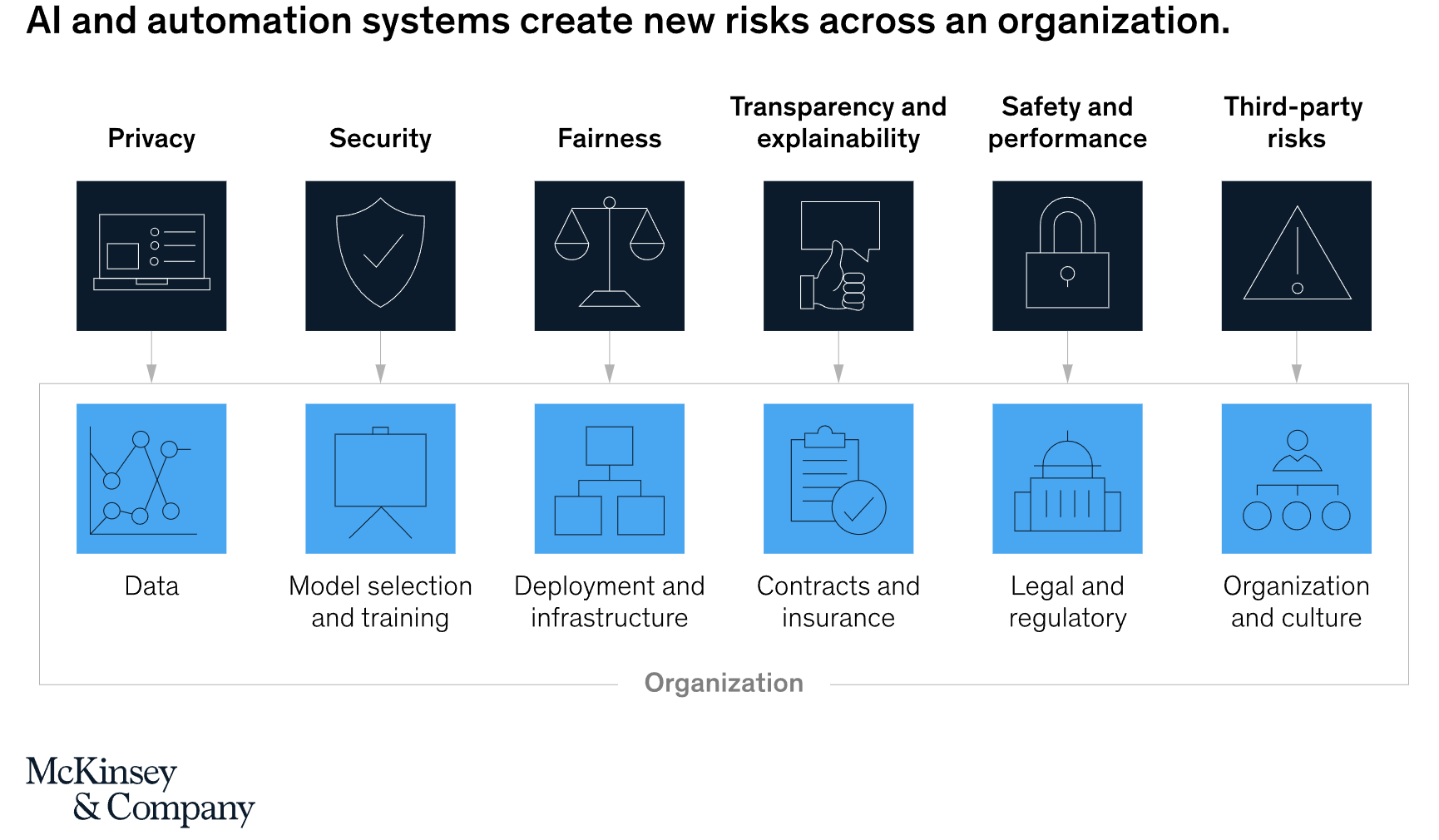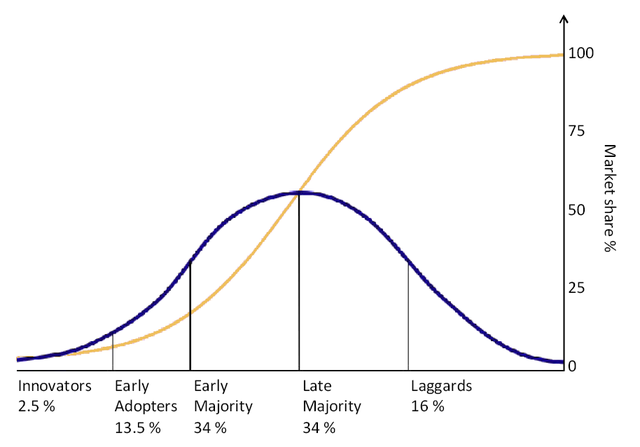3 reasons why HR tech needs to be human-centric
The pandemic transformed the way we work almost overnight. Tech systems were overhauled in a matter of days when the first lockdown was mandated. Maximising the benefits of new technologies while minimising the risks is imperative. It is something businesses have been grappling with since the acceleration of automation and artificial intelligence that two-thirds of companies surveyed by McKinsey say they have adopted since the onset of the crisis.
Institutions are increasingly focused on digitisation to optimise business processes. However, when this drives decision-making, at what point does automation and artificial intelligence replace the ‘human’ element that is innate in Human Resources?
1. A critical co-pilot
HR tech is a broad term that refers to the software used to automate various core HR functions. This might be filing, talent management, compensation management, performance management or benefits administration – but the platform is designed to be self-serving and take away the administrative, time-consuming elements inherent in these tasks. It should not add to the administrative burden in the long run.
The costs have to be weighed against the benefits to the business in the long term. The adoption of new HR tools creates new challenges that need to be addressed from the outset. These include ensuring compliance with data-privacy rules, being transparent with employees about the design and approach of new models, removing errors, unfairness or bias and guarding against cybersecurity risks. McKinsey highlights the key elements to consider in its report, managing the risks and returns of intelligent automation:
The returns have to be balanced against the risks. A great way to think about the usefulness of software to the functioning of HR is to think of HR solutions as being a valuable co-pilot to the HR team. The best software can accomplish time-consuming tasks by organising the data efficiently and avoiding ‘version control’ that can be inherent in coordinating vast amounts of information across an organisation. However, ultimately, the quality control lies with the manager or team, who can apply greater context, as it does with PayReview, a compensation software.
PayReview is a system that organises vast amounts of data, streamlining the annual salary review process. However, the ultimate decision for pay increases remains with compensation management. This enables room for prioritising any issues around pay and benefits that might have been flagged in conversations with line managers. The parameters for pay increases are set by the management team so that everyone, especially line managers, is equipped with a consistent approach and sings from the same hymn sheet when making decisions on pay. PayReview provides them with a framework to support and improve performance management conversations. The software can also remove bias and errors by automating a whole process objectively and fairly. PayReview software organises the data but still gives HR the power to rationalise and objectively make these decisions on pay with the framework they define.
2. HR tech needs to be harmonious with the rest of the employee experience
The idea behind adopting HR solutions is to free up the rest of the team, enabling them to spend their time scanning the horizons of HR and innovating to enhance their people strategy and employee experience. For this to be achieved and for the focus of HR to remain on wider questions of strategy and innovation, the tech needs to be widely adopted by teams across the business. We advocate putting the user at the heart of the design and adoption strategy when it comes to HR solutions.
It is important for HR teams to be aware that 42% of HR tech projects fail after two years. Therefore, the adoption of HR tech requires a change management programme to truly target early adopters of technology – those who are eager to try something new – to those who resist change until something is tried, tested – and proven.
Diffusion of Innovations was research by Everett Rogers who outlined the technology adoption curve that maps different levels of acceptancy for new processes. This can inform communications planning to tailor the launch and adoption to the different demographics and psychographics involved across the organisation.
What is clear is that resistance to innovation is a threat to the future of a business. A 2020 report by the World Economic Forum highlighted how the number of jobs ‘destroyed’ by technology will be surpassed by the number of ‘jobs of tomorrow’. In contrast to the idea of the ‘rise of the machines’, skills have never been more highly valued or sought by employers who are keen to capitalise on the wave of innovation that the pandemic has acted as a catalyst for. Tech savvy skills are needed to capitalise on tech investments and drive forward the transformation of businesses that want financial and reputational security.
“The pace of technology adoption is expected to remain unabated and may accelerate in some areas,”
The Future of Jobs Report, World Economic Forum
Software is no longer an IT solution that lives in that department – it affects the whole organisation and employees’ day-to-day tasks. Every employee as a user must want to embrace change and see the benefits that the software offers for their role. PayReview can support employers in their change management strategy, guiding organisations in the implementation of the software. Organisations must realise that there is a collective responsibility in rolling out new tech.
Before we engage with employees directly, it is important to consider who employees will often turn to for further information and support when hearing about new platforms. We will go to the various change instigators across the business, working closely with IT to support them in being excellent advocates of user adoption alongside ambassadors in Finance, Comms, HR, and Marketing functions. Once the core functions are fluent in how to use and explain the system, we can also deliver training more broadly to employees directly, helping them to understand the benefits of using the product by showing them how PayReview is intuitive and easy to use. Our projects embed the software across organisations by demonstrating the benefits of the software to the systems through user guides, clear training and outlining the benefits to individuals themselves.
3. HR tech needs to accommodate hybrid working and the digital divide
Bank of England monetary committee member Catherine Mann recently warned that there was potential for women working remotely to be disadvantaged in their careers, but this has been met with staunch criticism. The onus instead should be on leadership to create a culture where employees can flourish regardless of where they are physically based.
“The technology is available and the gap between the office and virtual world is getting narrower and narrower.”
Amanda Harey, an employee at Silicon Reef
This is true when it comes to HR tech playing a vital role outside of the office space. Employers need securely held data that provides a positive experience in interaction. The fact that automated tasks will be experienced in the same way, whether the employee is physically in the office or working remotely, underlines the role they will play in the employee experience.
To drive adoption rates, an excellent user experience is vital, supporting the delivery of one cohesive experience at work. Especially for critical processes like the annual pay review, having a system that securely holds data wherever the user is in the world and can be edited in real time with multiple users keeping the data accurate and up to date is crucial. Systems must be designed to be secure and responsive – enabling employees to access business-critical information seamlessly to avoid having ‘versions’ and inefficiencies.
We can also ensure that the platform reflects your visual and verbal identity so that the user experience is consistent with the brand. This also helps to drive engagement by making the experience familiar and uniform across the business. Having a ‘branded’ experience also underpins how cohesive the organisation is. With the PayReview platform, it can be tailored to your organisation so that employees feel like they are in an extension of the virtual workspace, making the user interface more appealing to drive engagement.
We anticipate that this mirrors the findings of McKinsey’s Next in Personalisation 2021 Report, which emphasised the value customers place on having experiences tailored to them. 71% of customers expect companies to deliver personalised interactions. This generated ‘customer intimacy’, which we expect would have the same effect when applied to tailoring platforms so that the employee feels like they are being granted access to a virtual workplace, akin to stepping inside the brand. This feeling of exclusivity and being in an extension of the business virtually would help to strengthen that employee-employer relationship, as opposed to the employer providing a generic but helpful platform.
Book a demo
The influence of the pandemic on technological change has transformed certain sectors that were once resistant to change. Digitalisation was once a term that was synonymous with the future of work – now it is happening, and painfully slow cultural change can be achieved at pace. Ingrained working practices have been replaced by the reality of remote working, and organisations need the infrastructure and tools to support increasingly hybrid workforces.
It is clear that focusing on employees will always be inherent in the work of HR – software should be there to take away mundane tasks and monotonous processes to streamline and enhance the role of HR. Book a demo today to see how PayReview can deliver real change when it comes to your annual pay review process.



